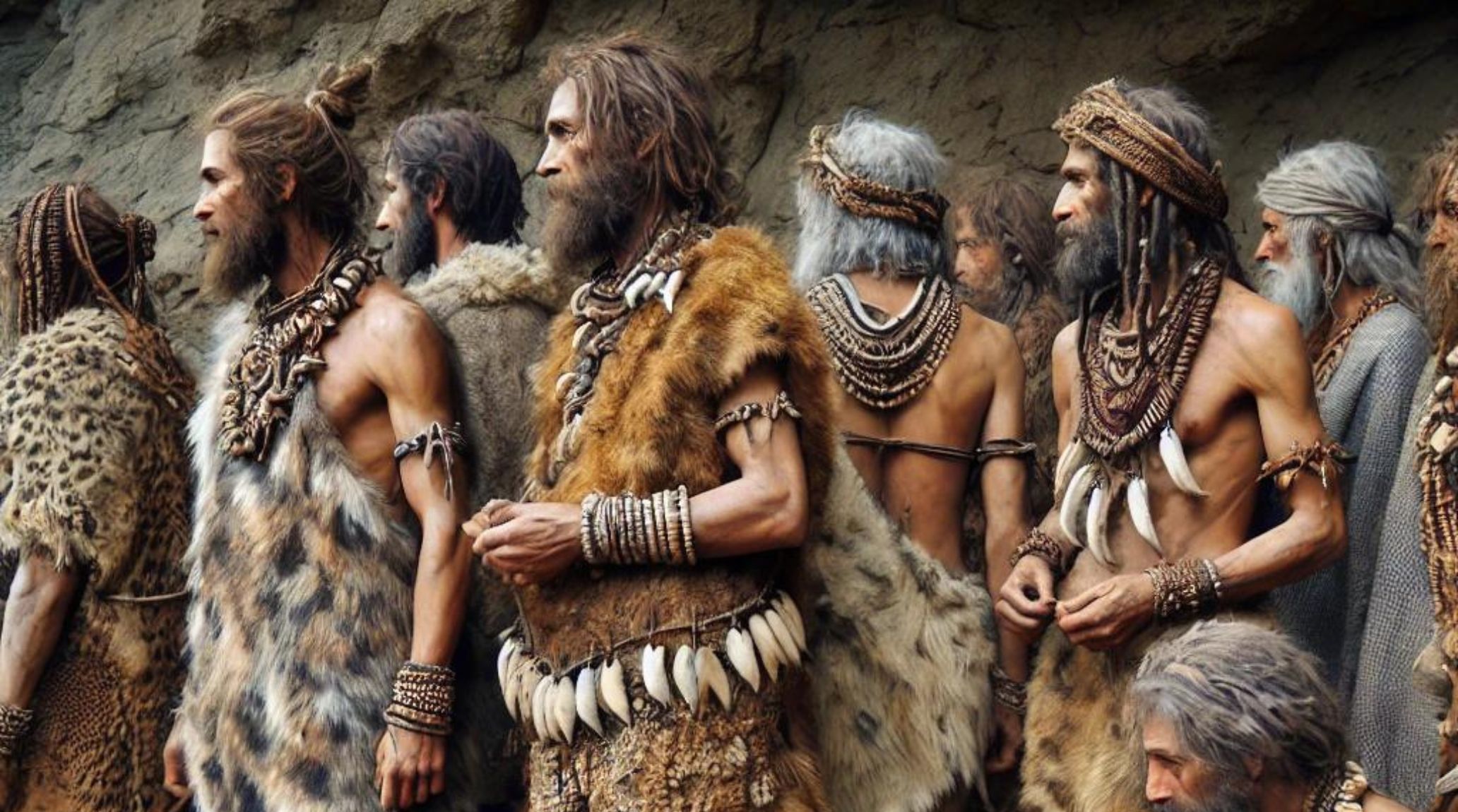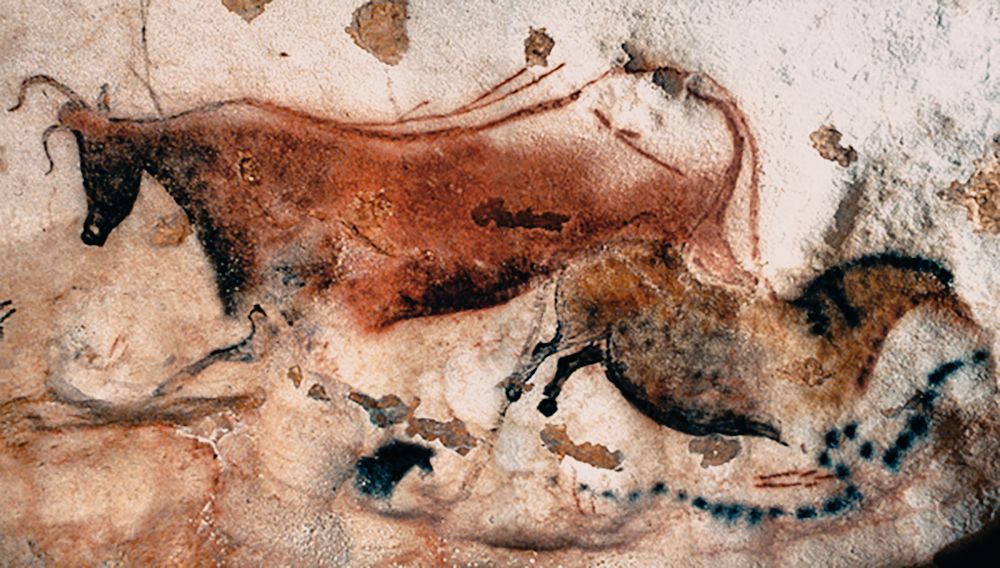
“
The Paleolithic Era, often called the Old Stone Age, was marked by early humans' ingenuity and adaptability. From animal hides and fur to intricate jewelry made from shells, bones, and stones, their clothing and adornments reflected practicality and creativity. This blog will dive into 20 amazing Paleolithic Clothing and Adornments Facts, shedding light on the materials, methods, and meanings behind early human attire and personal decoration.1
1
”
Paleolithic clothing was primarily made from animal hides, which provided warmth and protection. These garments were expertly crafted using tools made from stone, bone, and wood, showcasing early humans' ingenuity.1
Archaeological evidence shows early humans used plant fibers and woven materials, alongside animal skins, demonstrating a sophisticated understanding of available resources in their environment.2
Adornments, like necklaces and bracelets made from shells, bones, and stones, likely held cultural or spiritual significance, reflecting individual identities in Paleolithic societies.3
The practice of body adornment was prevalent, with evidence of early tattooing found on preserved skin and tools. This suggests that aesthetics and personal expression were important even in prehistoric times. 4

Some groups in the Paleolithic era may have dyed their clothing using natural pigments from plants and minerals. This practice not only enhanced their appearance but also allowed for individuality among community members.
Fur-lined clothing was essential for survival in colder climates, demonstrating how early humans adapted their attire to different environmental conditions. This knowledge was crucial for hunting and gathering. 5
Certain artifacts, such as decorated clothing fragments, indicate that social status may have influenced clothing styles. Wealthier individuals likely wore more elaborate attire, showcasing their standing within the group. 6
Evidence of prehistoric jewelry suggests that early humans had an appreciation for beauty. Objects such as pendants and earrings reflect a deep connection to their surroundings and cultural beliefs. 7

Paleolithic footwear was crafted from animal hides and protected the feet during long treks. The design of these early shoes highlights the practical needs of a nomadic lifestyle.
In colder regions, layering of skins was common to create warmth. This technique demonstrates the early human understanding of insulation, showcasing their adaptation to the harsh climates of the Ice Age.8
The use of animal fur not only provided warmth but also communicated status and skill in hunting. The choice of fur indicated an individual's ability to acquire valuable resources. 9
Body paint, made from natural pigments, was likely used for both aesthetic and ritual purposes. This practice highlights the complex social and cultural dynamics present in Paleolithic communities. 10
Some evidence suggests that specific patterns or colors were associated with different tribes or clans, creating a visual identity that fostered group cohesion and solidarity among early humans. 11

Crafting tools for clothing production, such as needles made from bone, demonstrates early humans' remarkable ingenuity and resourcefulness. These tools played a crucial role in the development of tailored garments.
Paleolithic people also created items for practical use, such as pouches and bags made from animal hides, showcasing their resourcefulness and need for storage during their nomadic lifestyle. 12
Paleolithic women likely played a significant role in crafting clothing and adornments, showcasing their skills and creativity, which were vital for the community's survival and cultural expression. 13
The discovery of personal adornments in burial sites suggests that clothing and jewelry held spiritual significance, perhaps used in rituals or to honor the deceased in their journey. 14
The incorporation of feathers and other natural materials into clothing and adornments highlights the creativity and artistic expression of Paleolithic people, reflecting their connection to nature. 15

Some Paleolithic art, such as cave paintings, features figures adorned in clothing, providing insight into the styles and practices of the time and revealing a rich tapestry of human history.
Some Paleolithic art, such as cave paintings, features figures adorned in clothing, providing insight into the styles and practices of the time and revealing a rich tapestry of human history. 16


